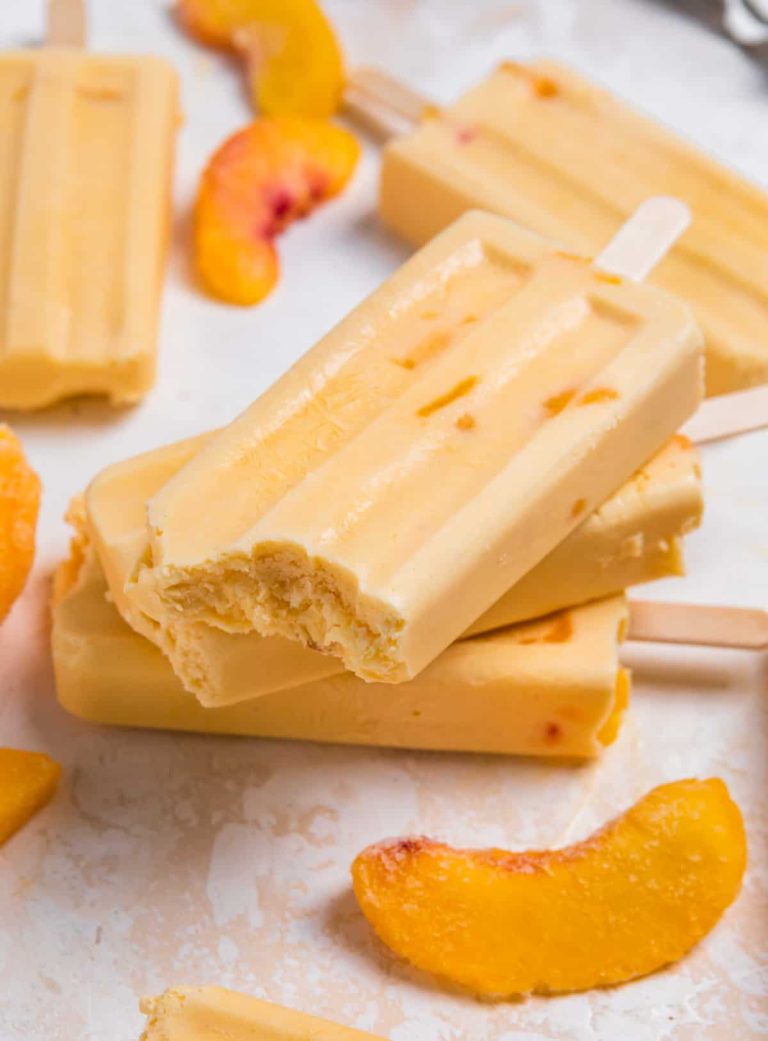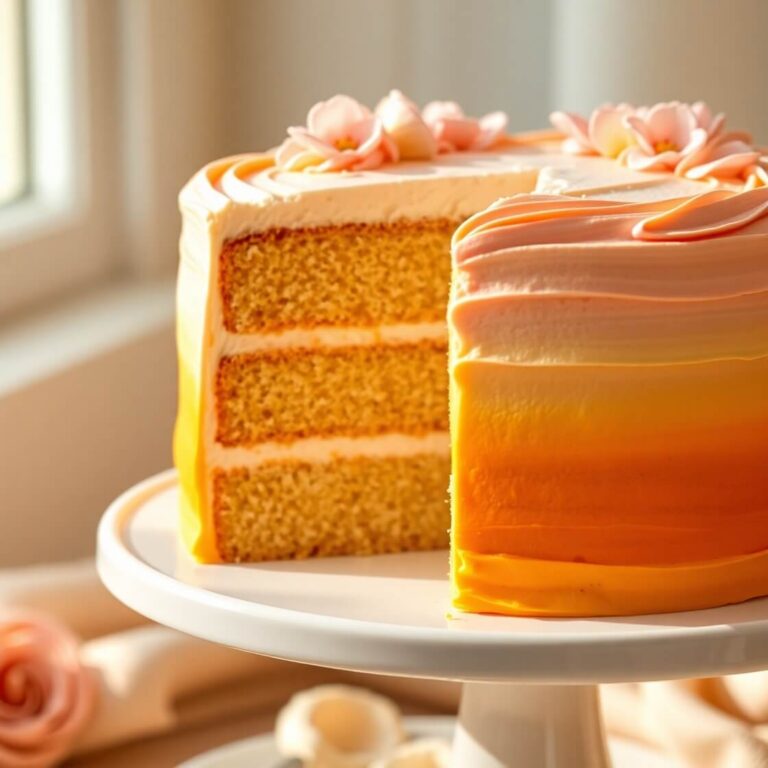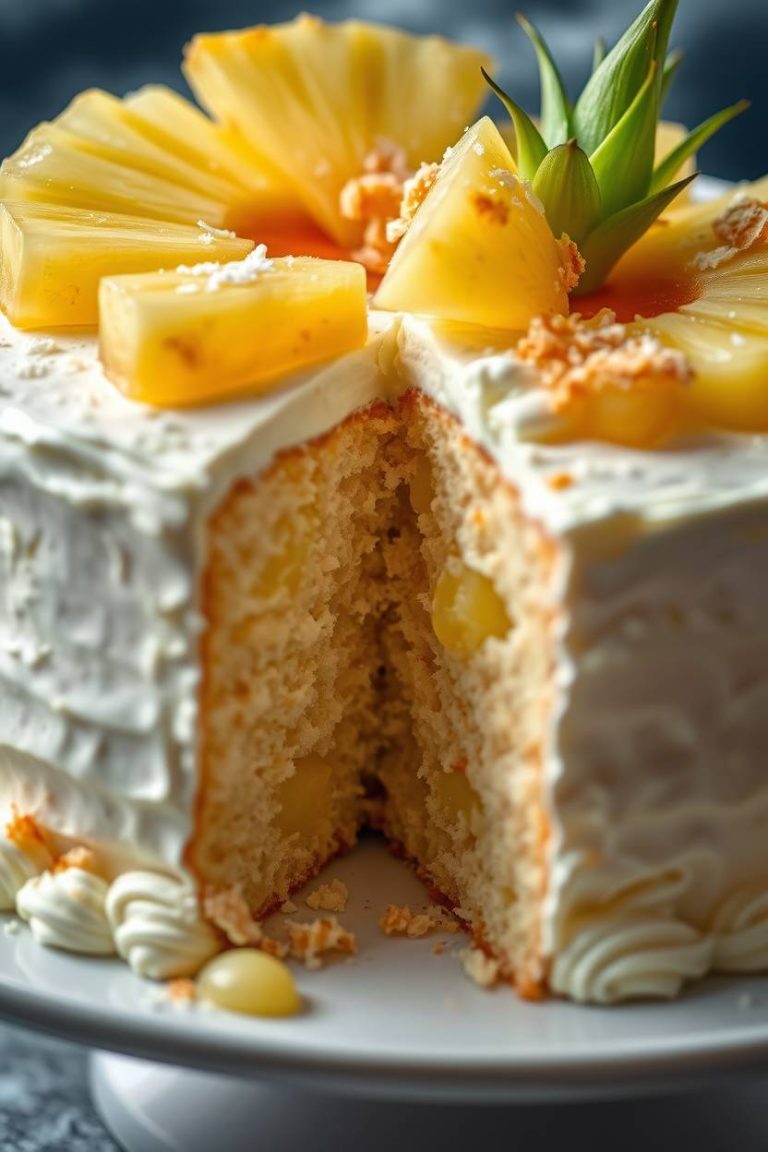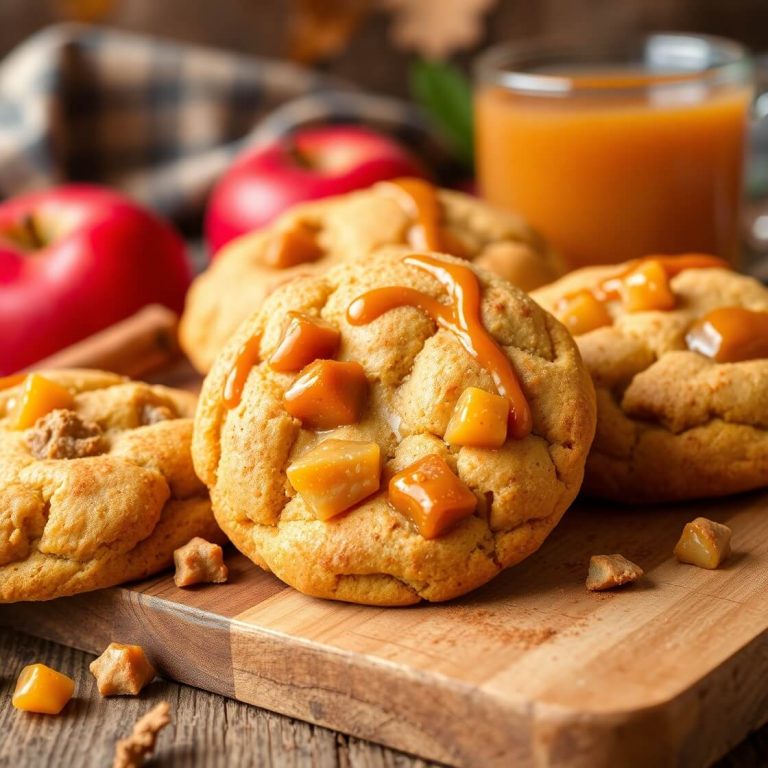
When mulberry season rolls in, there’s something almost magical about stepping outside and finding your fingers stained with deep purple juice after picking just a few. That vibrant color, the burst of tart-sweet flavor—mulberries bring back the feeling of childhood summers, barefoot in the backyard, with a bowl that’s always a little too full.
This mulberry recipe guide was born from a moment like that. A late spring harvest, too many mulberries to eat fresh, and the overwhelming urge to turn them into something memorable. Whether you’ve foraged them from a tree, picked them up at a farmer’s market, or been lucky enough to have them gifted by a neighbor, this guide is your answer to the question: What can I do with all these mulberries?
And trust me, once you taste what these recipes become—whether it’s jam, pie, or a rustic crumble—you’ll understand why the mulberry deserves more attention in every kitchen.
Let’s dive into how to turn this simple berry into something truly special.
Why I Love This Recipe

Mulberries are often overlooked, overshadowed by blueberries and raspberries, but they have their own unique charm.
They’re softer, a bit more wild in flavor, and carry an earthiness that adds depth to sweet and savory dishes alike. What sets mulberries apart is their versatility. They’re not just meant for desserts. You can use them in salads, sauces, breakfast bowls, and even cocktails.
This recipe (and the variations within it) highlights exactly that. It celebrates how easily mulberries can be transformed into something rich, homey, and absolutely delicious.
I especially love this because it’s forgiving. You don’t need perfect berries. In fact, the squishier ones make the best jams and fillings. It’s a “use what you have” kind of recipe, which feels refreshingly approachable.
It’s also incredibly rewarding. There’s something satisfying about transforming a bowl of mulberries into a bubbling pie or a syrupy sauce that glistens over vanilla ice cream.
Whether you’re baking a tart, simmering a compote, or folding them into pancake batter, mulberries bring out your creativity in the kitchen—and they rarely disappoint.
Ingredients for Mulberry Recipes
There are many ways to use mulberries, but this guide will walk you through a basic, all-purpose mulberry compote recipe that can be adapted for other uses—like pie filling, topping for yogurt, swirl for cheesecake, or even folded into muffin batter.
Here’s what you’ll need for the compote base:
- Fresh or frozen mulberries – About 4 cups. If frozen, don’t thaw before cooking.
- Sugar – ½ to ¾ cup, depending on the sweetness of your berries.
- Lemon juice – 2 tablespoons, to brighten the flavor and help preserve the compote.
- Water – Just 2 tablespoons, to start the simmering process.
- Cornstarch (optional) – 1 tablespoon, if you want a thicker consistency for pies or tart fillings.
- Cinnamon or vanilla extract (optional) – ½ teaspoon for added depth.
These ingredients create a luscious base that you can riff on depending on your mood or meal.
For example:
- To make a mulberry jam, you’d cook this down longer and possibly add pectin.
- For pie filling, thicken with cornstarch and cool before adding to crust.
- For a topping, keep it syrupy and chunky—perfect over pancakes or ice cream.
Everything else you might need—flour, eggs, butter, baking powder—depends on where you want to take the mulberries. And we’ll explore that soon.
How Much Time Will You Need?
Making a mulberry compote or filling is surprisingly quick.
From start to finish, it takes:
- Prep Time: 10 minutes (mostly for washing and de-stemming the berries)
- Cooking Time: 15–20 minutes, depending on your desired thickness
If you’re turning the compote into a pie or cake filling, the additional baking time varies from 30 to 50 minutes.
But for a basic stovetop recipe, you’ll be done in half an hour—and your kitchen will smell incredible the entire time.
How to Make This Mulberry Recipe

Here’s a detailed, step-by-step guide to making a mulberry compote that can become the foundation for many other dishes.
Step – 1: Prepare the mulberries
Rinse your mulberries gently under cool water. They’re delicate, so avoid aggressive washing.
Remove the green stems. If you’re using wild mulberries, this part may take a bit of time, but it’s essential for texture.
Step – 2: Add to the pan
Place the berries in a medium-sized saucepan. Add sugar, lemon juice, and water. Stir gently to coat the berries.
Step – 3: Cook over medium heat
Bring the mixture to a gentle simmer over medium heat. The berries will release their juices quickly.
Stir occasionally to avoid sticking. You’ll notice the color deepening as it cooks.
Step – 4: Add thickeners (if needed)
If you want a thicker consistency—for example, if you’re making pie filling—mix cornstarch with 2 tablespoons of cold water in a small bowl to make a slurry.
Slowly pour the slurry into the berry mixture, stirring constantly. Let it simmer for another 3-4 minutes until thickened.
Step – 5: Add flavor
Once the compote is done, turn off the heat and add a splash of vanilla extract or a pinch of cinnamon. These deepen the flavor beautifully.
Let it cool slightly before using or storing.
Step – 6: Store or serve
Transfer the compote into jars or containers. It will thicken more as it cools.
You can now use it as-is or build other recipes around it. Spoon it over pancakes, stir it into oatmeal, use it as a cheesecake swirl, or layer it into parfaits.
Substitutions
One of the best things about this mulberry recipe is how customizable it is.
Here are a few substitutions that still result in a delicious outcome:
- Sugar: You can use honey, maple syrup, or agave for a natural sweetener. Keep in mind, it will affect the flavor and texture slightly.
- Lemon juice: Apple cider vinegar or orange juice works in a pinch, but lemon gives the cleanest bright note.
- Cornstarch: Arrowroot powder or tapioca starch work as thickening alternatives.
- Flavor additions: Swap vanilla for almond extract for a more dessert-like note. Or use cardamom instead of cinnamon for a warm, floral vibe.
- Other berries: You can mix in blueberries, raspberries, or blackberries to extend a small mulberry harvest or add variety.
This recipe is designed to work with what’s already in your kitchen, which is especially helpful during peak harvest season.
Best Side Dishes for Mulberry Recipes
Depending on how you serve your mulberry compote or filling, you can pair it with a variety of complementary sides. Here are three favorites that take your mulberry moment from good to unforgettable:
- Buttermilk Pancakes
Soft, fluffy pancakes topped with warm mulberry compote is the kind of breakfast that feels like a celebration.
- Greek Yogurt and Granola
Swirl the compote into a bowl of thick Greek yogurt and sprinkle with granola for a wholesome, protein-packed snack or breakfast.
- Rustic Sourdough Toast with Ricotta
Spread fresh ricotta over toasted sourdough, spoon mulberries on top, and drizzle with honey. Perfect for a light brunch or afternoon treat.
Serving and Presentation Tips

One of the most beautiful things about mulberry compote is its natural, deep purple hue—it’s rich, glossy, and almost regal on the plate.
When it comes to presentation, a few thoughtful choices can elevate the experience:
- Serve warm over neutral bases like pancakes, waffles, or French toast. The bold color pops best against lighter backgrounds.
- Use clear glass containers for parfaits or yogurt bowls to show off the vivid layers. The contrast between white yogurt and deep berry compote is visually stunning.
- Garnish with fresh herbs like mint or basil when serving on toast or desserts. A small green sprig enhances color contrast and adds a subtle aromatic finish.
- For baked goods like pies or tarts, dust with a fine layer of powdered sugar just before serving. It gives a rustic, elegant touch.
- Portion carefully if serving guests. A small amount of this compote goes a long way in terms of flavor—especially when paired with creamy or tangy elements.
Tips and Tricks to Make This Recipe Even Better
Hook: It’s not just about cooking—it’s about coaxing out every last bit of flavor from your mulberries.
To take this recipe to the next level, here’s what you should know:
- Use a mix of ripe and slightly underripe berries. Ripe mulberries bring juiciness, while slightly underripe ones add structure and a gentle tartness that balances the sweetness.
- Simmer low and slow. While it may be tempting to crank up the heat, gentle simmering allows the berries to break down gradually and intensify their natural flavor without becoming bitter.
- Don’t skip the lemon juice. It’s more than just a tangy twist—it brightens and enhances the flavor while helping preserve the compote longer.
- For added depth, let the finished compote cool slightly, then stir in a tiny pinch of sea salt. It lifts the fruitiness and makes the sweetness more nuanced.
- Chill overnight before using in baked goods. This allows the flavors to settle and deepen, especially if you’re using the compote as a pie filling or cake layer.
Common Mistakes to Avoid
Even though this recipe is forgiving, here are a few pitfalls to steer clear of:
- Skipping the straining process (if using wild mulberries). Some varieties have small stems or tougher bits that can affect texture if not removed.
- Overcooking the berries. Mulberries are delicate; overcooking can result in a bitter, overly reduced flavor.
- Using too much sugar too early. Always taste your berries first. Some are naturally sweet enough and need less sugar.
- Ignoring thickness cues. If the compote seems too runny, don’t panic. Let it cool first—it thickens significantly as it rests.
- Stirring too vigorously. This breaks the berries down into mush. Gentle stirring maintains a nice texture with whole, juicy bites.
How to Store It
Storage is a breeze, and with the right method, your mulberry compote can last weeks—or even months.
- Refrigerator: Store in an airtight glass jar or container. It’ll keep fresh for up to 10–12 days. Make sure it cools fully before sealing.
- Freezer: For longer storage, freeze in small portions using silicone molds or freezer-safe containers. Compote will keep for 3–4 months. Thaw overnight in the fridge or warm gently on the stove before serving.
- Canning: If you’re into preserving, you can water-bath can this compote in sterilized jars. When done properly, it lasts up to a year on the shelf.
Label everything with the date to track freshness, and always use a clean spoon when serving to avoid introducing bacteria.
FAQ
Q1: Can I use frozen mulberries?
Yes! No need to thaw. Just toss them into the saucepan and adjust cooking time slightly, as frozen berries will release more moisture.
Q2: What if I don’t have enough mulberries?
Combine with similar berries like blackberries, blueberries, or raspberries. The flavor will still be rich, and the color stays beautifully vibrant.
Q3: Can I make this sugar-free?
Absolutely. Use a sugar substitute like monk fruit sweetener or erythritol. Or skip it entirely if your berries are sweet enough on their own.
Q4: Is this recipe vegan-friendly?
Yes, it’s naturally vegan. Just avoid honey if you’re keeping it strictly plant-based.
Q5: What desserts can I make with mulberry compote?
It’s perfect for pies, tarts, cheesecakes, crumble bars, muffins, and even folded into whipped cream or used as a cake filling.

Mulberry Recipes
- Total Time: 30 minutes
- Yield: About 2½ cups
- Diet: Vegetarian
Description
A versatile, sweet-tart mulberry compote that transforms your fresh or frozen berries into a delicious topping, filling, or preserve. Whether you spoon it over pancakes, swirl it into cheesecake, or bake it into muffins, this recipe is a love letter to summer berries. It’s simple, adaptable, and packed with flavor—plus it works beautifully in both sweet and savory settings. Once you make it, you’ll find yourself adding it to just about everything. And the best part? It’s ready in under 30 minutes and stores well for weeks.
Ingredients
- 4 cups fresh or frozen mulberries
- ½ to ¾ cup granulated sugar (to taste)
- 2 tablespoons lemon juice
- 2 tablespoons water
- 1 tablespoon cornstarch (optional, for thickening)
- ½ teaspoon vanilla extract or cinnamon (optional)
Instructions
- Wash and de-stem the mulberries gently.
- Add mulberries, sugar, lemon juice, and water to a saucepan over medium heat.
- Stir gently and bring to a simmer. Let cook for 10–12 minutes, stirring occasionally.
- If using cornstarch, mix with cold water and stir into the pot. Simmer for an additional 3–4 minutes until thickened.
- Add vanilla extract or cinnamon. Stir gently and remove from heat.
- Let cool slightly before transferring to jars or using in other recipes.
Notes
-
Adjust sugar based on how sweet your mulberries are.
-
The compote thickens more as it cools—don’t overcook.
-
Great for freezing in small batches to enjoy all year.
- Prep Time: 10 minutes
- Cook Time: 20 minutes
- Category: Dessert / Preserves
- Method: Stovetop
- Cuisine: American, Farmhouse, Seasonal
Nutrition
- Serving Size: About 2½ cups
- Calories: 65g
- Sugar: 10g
- Sodium: 2g
- Fat: 0g
- Saturated Fat: 0g
- Unsaturated Fat: 0g
- Trans Fat: 0g
- Carbohydrates: 15g
- Fiber: 2g
- Protein: 0.5g
- Cholesterol: 0mg






